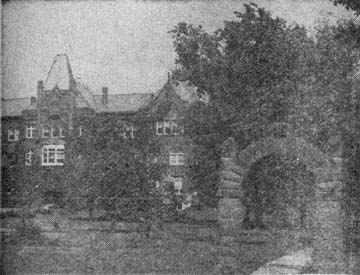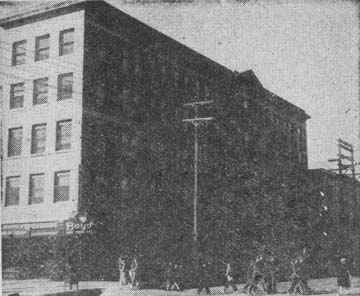
No. 43--Nebraska Wesleyan
If you drive in a long slow are from southernmost to northernmost Lincoln, veering to the right as you drive, you will pass thru the parts of the city which were not the result of growth of the original town but sprang up a distance away from some special urge or circumstance. There were five of them, like the isolated fingertip prints of a cupped hand. As Lincoln spread the tiny towns spread also, until they finally all met, embraced and became one.
Driving from one to the other thru these originally diverse sections we feel subtle changes. It may be that thoughts and processes, personalities of those once dominating each, are in some way imprinted on each section. Or it may be only that we happen to know local history. To the south is College View, its nucleus Union college (Seventh Day Adventist). Next in the arc is Bethany, originally the background of Cotner college (Christian) and next its sister, University Place, home of Nebraska Wesleyan (Methodist.) Havelock, a little to the north, was born of the Burlington shops. Last in the arc is Belmont, planned as a beautiful city 50 years ago but now fallen from that high estate. Its woolen mills burned down, the railroad came in the wrong way.
Above is the ivy covered main building of Wesleyan, an institution which has stood sturdily for over 50 years, battling drouths and depressions with one hand and serving the Lord and Methodism with the other. Attesting the educational soundness of its program a recent national survey showing Wesleyan with a rank of 22 among 339 liberal arts college in the proportion (36 percent) of its students going into graduate study thruout the country. A greater proportion of graduates has gone from its classrooms into theological seminaries than from any liberal arts college in America.
